Guatemala is a stunning country with a rich cultural heritage and history. From its ancient ruins to its bustling cities, there is much to discover in this Central American country. Here are 12 surprising cultural facts about Guatemala that you may not have known.
1. Guatemala City: The Heart of the Country
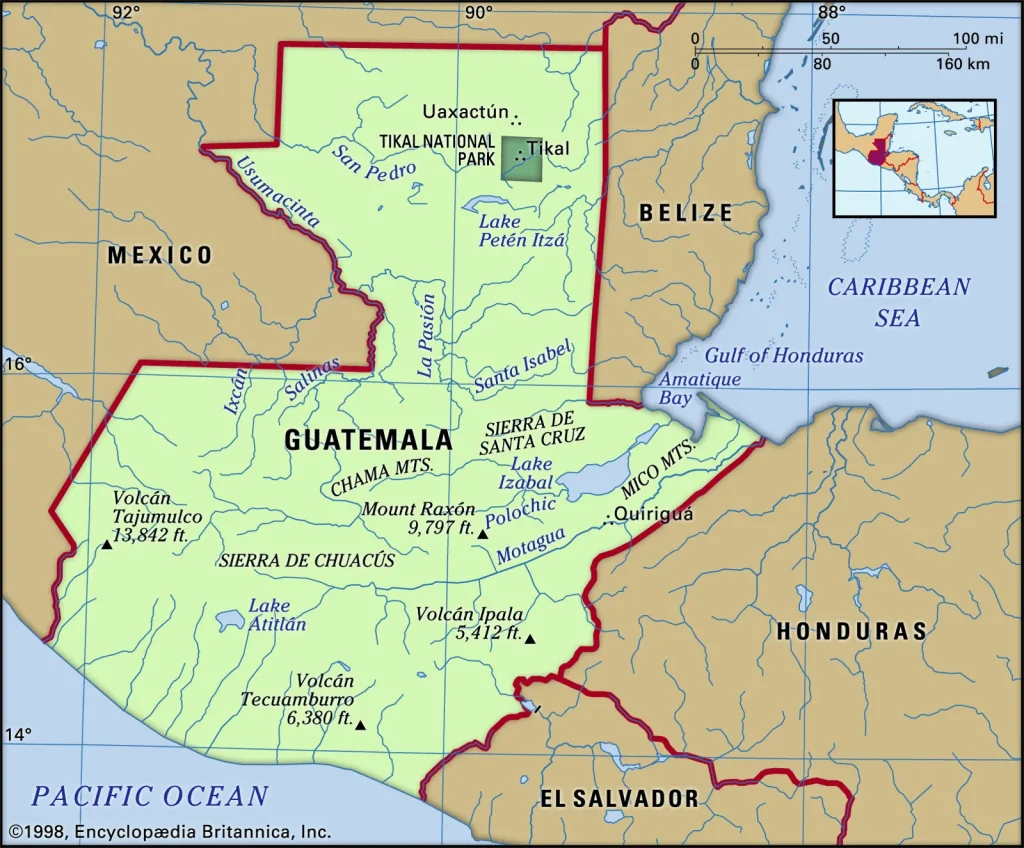
Guatemala City, also known as Nueva Guatemala de la Asunción. It is the largest city and the capital of the Republic of Guatemala. Located in the central highlands. It is a bustling metropolis with a rich history and a variety of sights and attractions to explore.
As the largest city in the country, it is home to many government buildings, business centers, and cultural landmarks. The city is also a hub for education and commerce, making it a hub of activity and energy.
1.1 Key Sights and Attractions:
- Central Park: A large park in the center of the city that offers a respite from bustling city life.
- Local Transport: Ride the famous “chicken buses,” old American school buses repurposed as local transportation.
- Local Market: Experience the bustling local market and try fresh produce and handmade goods.
- Spanish Schools: Learn about the local culture and improve your Spanish skills at one of the many Spanish schools in the city.
- Central American Country: Explore the history and culture of this unique Central American country.
- Capital of Guatemala: Visit the capital of this stunning country and see its government buildings and landmarks.
2. Best Places to Visit in Guatemala
2.1. Lake Atitlán: A Beautiful Lake Surrounded by Volcanoes
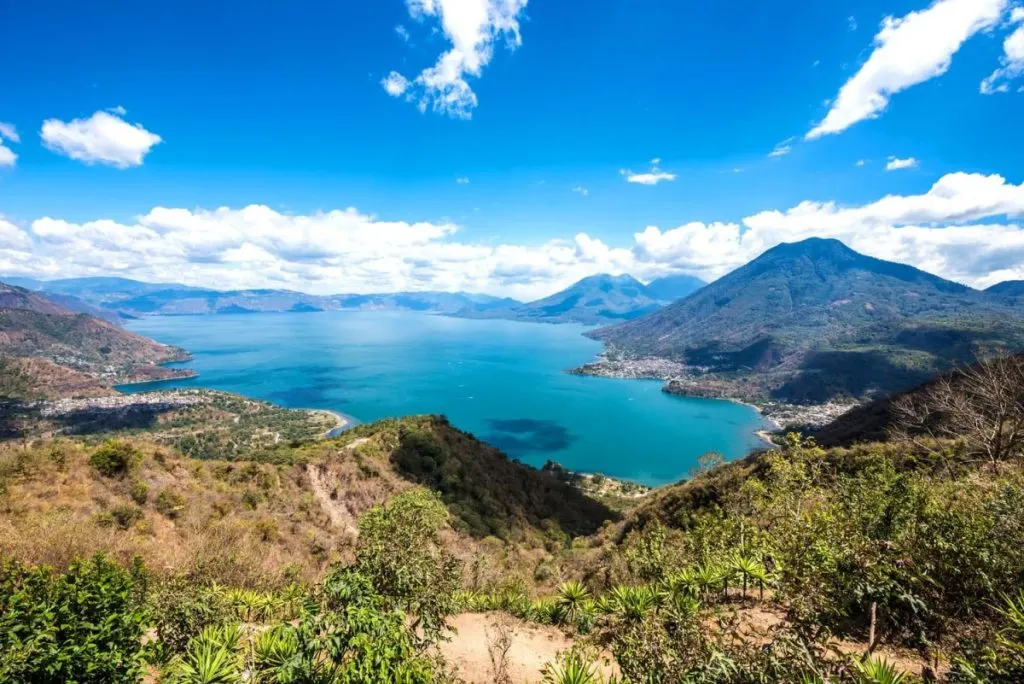
Lake Atitlán is a stunning lake located in the western highlands of Guatemala. The lake is surrounded by several active volcanoes and offers breathtaking views of the surrounding landscape.
Best Things to Do and See:
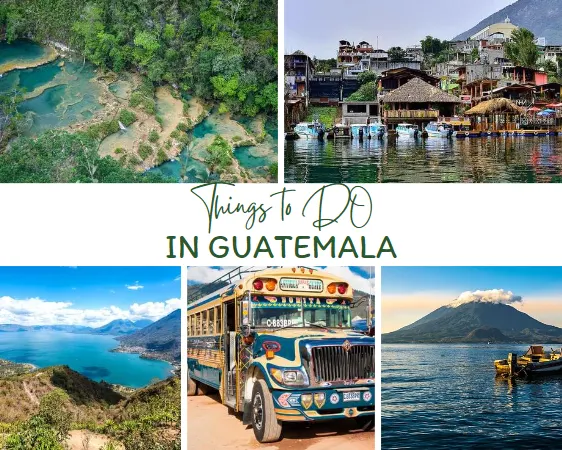
- Take a Boat Tour: A boat tour around Lake Atitlán offers a chance to explore the many small towns and villages that surround the lake. Each town has its own unique culture and history, making a boat tour a great way to get a taste of the local culture and history.
- San Pedro la Laguna: The town of San Pedro la Laguna is a beautiful town located on the shores of Lake Atitlán. It is known for its lively local market, where you can find fresh produce and handmade goods. As well as its Spanish schools, where you can learn about the local culture and improve your Spanish skills.
- San Marcos: The small village of San Marcos is located near Lake Atitlán. Known for its hot springs and cloud forests. This is the perfect place for those who love a good hike with stunning views of the surrounding landscape.
- Chichicastenango Market: The Chichicastenango Market is one of the largest indigenous markets in the world. Also famous for its vibrant atmosphere and rich cultural heritage. Here, you can experience the local culture and purchase handmade goods from the indigenous people who call this region home.
- Stunning Volcano Views: For those who love a good hike, taking in stunning views from the top of the volcano is a must. The views of the surrounding landscape, including the beautiful lake and surrounding villages, are truly breathtaking.
- Semuc Champey: The series of natural pools at Semuc Champey is a sight to behold. This is the perfect place to take a dip in the refreshing water and enjoy the beauty of this unique natural wonder.
2.2. Tikal National Park: An UNESCO World Heritage Site
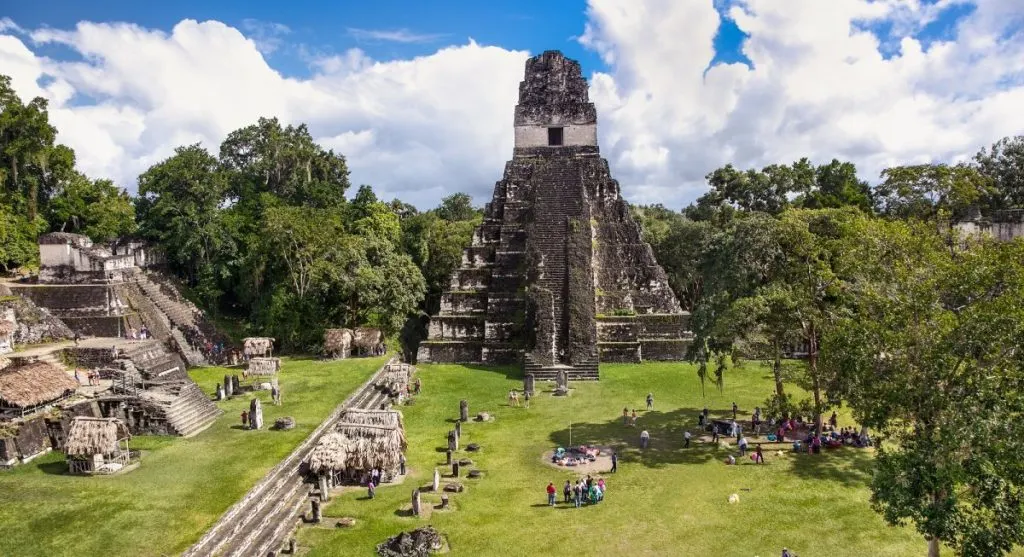
Tikal National Park is a UNESCO World Heritage Site that is home to some of the most important ancient Mayan ruins and archaeological sites in the world. This park covers an area of over 575 square km and is located in the Petén region of northern Guatemala.
The park is significant as it represents the ancient Mayan civilization and its architectural and technological advancements. Tikal is one of the largest Mayan cities that has been uncovered and is a major tourist attraction in Guatemala. Visitors can explore the ancient ruins and learn about the history and culture of the Mayans through the well-preserved pyramids, temples, and palaces.
Some of the top things to see and do in Tikal National Park include exploring the main plaza. Experience the majestic beauty of the Temple of the Grand Jaguar and the Temple of the Masks, surrounded by towering pyramids, and observe the howler monkeys in their natural habitat. Visitors can also hike to the top of Temple IV. It is the highest point in the park, for panoramic views of the surrounding jungle.
Tikal National Park is a must-visit for those interested in history, architecture, and culture, and is considered one of the most important and impressive archaeological sites in Latin America.
2.3. Antigua Guatemala: A Small Town with a Rich History
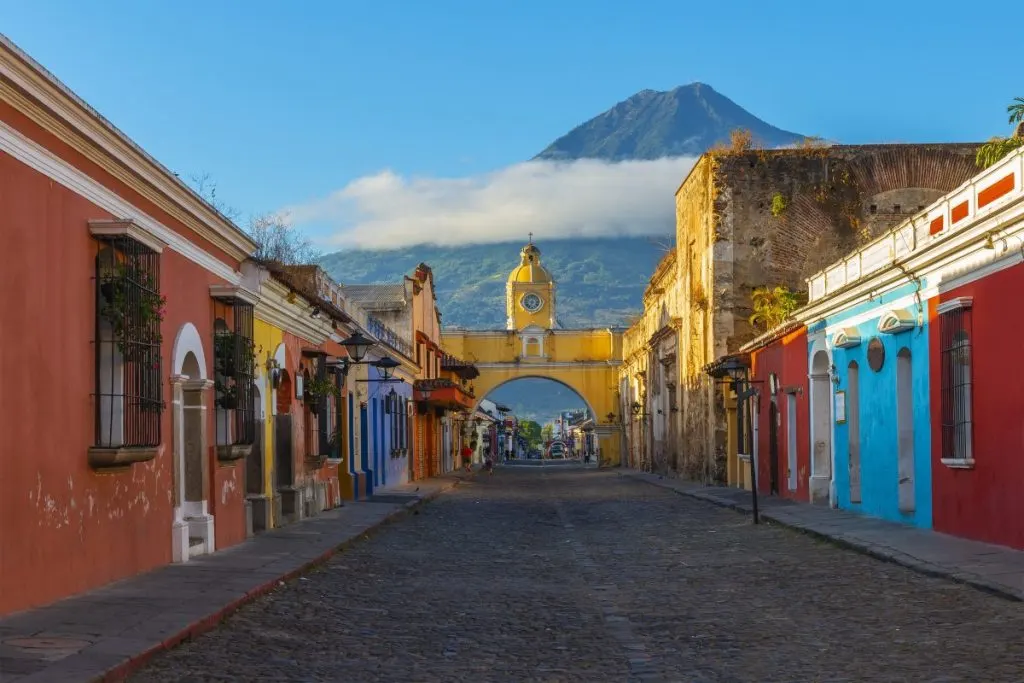
Antigua Guatemala is a small town located in the western highlands of the country. It was once the capital of the Spanish colonial empire in Central America. But, is now a popular tourist destination known for its well-preserved Spanish Baroque architecture and rich history.
Top Attractions and Activities:
- Explore the ruins of ancient churches and convents, a testament to the town’s rich history and cultural heritage.
- Stroll through the cobbled streets and take in the charming colonial architecture, including the famous Central Park.
- Visit the local market and sample some of the traditional dishes, such as “pupusas,” a type of tortilla filled with cheese and other ingredients.
- Take a coffee tour and learn about the process of growing, harvesting, and roasting coffee, one of the country’s most important exports.
- Attend a local cultural festival, such as the famous Holy Week celebrations, and experience the local customs and traditions.
- Go on a hike in the nearby mountains and see the beautiful countryside and nearby villages.
2.4. Semuc Champey: A Series of Natural Pools in the Cloud Forests
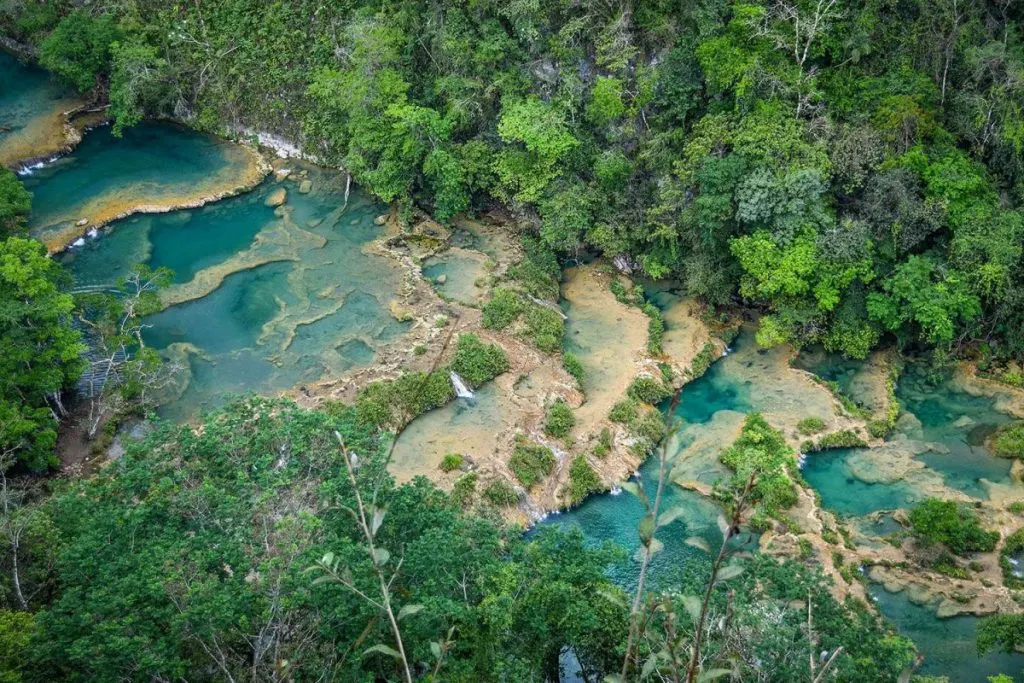
Semuc Champey is a breathtaking series of turquoise pools, set within the lush cloud forests of the Guatemalan Highlands. This natural wonder is formed by the convergence of several streams and rivers that flow over a limestone bridge, creating a series of shimmering pools.
Semuc Champey is located near the town of Lanquín, in the western highlands of Guatemala.
The best time to visit Semuc Champey is during the dry season, which lasts from November to April. During this time, the water levels in the pools are at their highest and the water is the clearest.
There are plenty of activities to enjoy at Semuc Champey, including swimming in the pools, exploring the nearby caves, hiking in the surrounding cloud forests, and observing the local wildlife, including howler monkeys. You can also visit the local market in Lanquín to try traditional dishes and purchase handmade goods.
3. The Deepest Lake in Central America
In addition to its stunning beauty, Lake Atitlán is also a unique geological wonder. This large crater lake is the deepest in Central America, reaching a depth of over 340 meters. Volcanic activity formed Lake Atitlán 84,000 years ago and continues to shape its depth and shape.
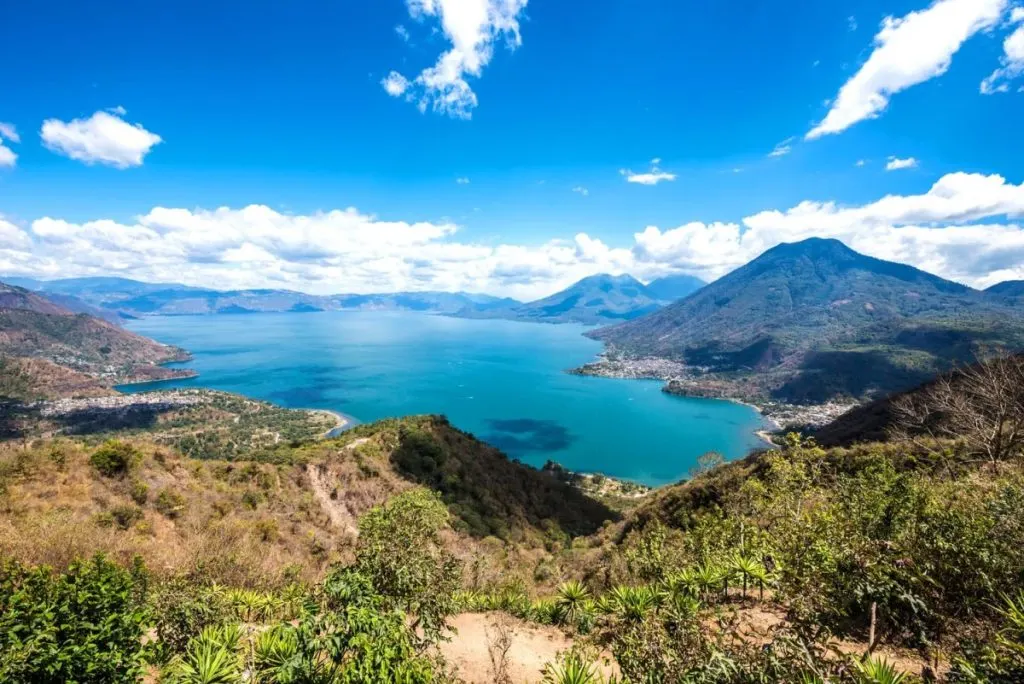
The lake is surrounded by several active volcanoes, including Volcán Atitlán, which is one of the most iconic landmarks in the region. The combination of the deep blue waters of the lake and the towering volcanoes make for a breathtaking natural landscape that is unlike anything else in Central America.
Visitors to Lake Atitlán can enjoy a variety of activities, from boat tours and kayaking to hiking and volcano hikes. For those interested in exploring the local culture, the nearby villages offer a glimpse into traditional Mayan life, with traditional markets, local crafts, and delicious cuisine.
4. An Interesting Mix of Languages
Guatemala is known for its rich cultural heritage, and this extends to the country’s linguistic diversity. With over 20 Mayan languages still spoken today, Guatemala is one of the most linguistically diverse countries in the world.
The Mayan languages have been passed down for generations and are an integral part of the cultural heritage of the indigenous people of Guatemala. Many of these languages are still used in everyday life, with some communities using their native tongue as their primary language.
Along with the Mayan languages, Spanish is the official language of Guatemala. This reflects the country’s colonial history, as Spanish was introduced to the region during the 16th-century Spanish conquest. Today, Spanish is widely spoken in cities and towns, while the Mayan languages are more commonly spoken in rural areas.
The mix of Spanish and Mayan languages creates a unique and fascinating linguistic landscape in Guatemala. Visitors to the country may have the opportunity to hear and even learn a few words in one of the many Mayan languages, providing a deeper connection to the local culture.
5. A UNESCO World Heritage Site
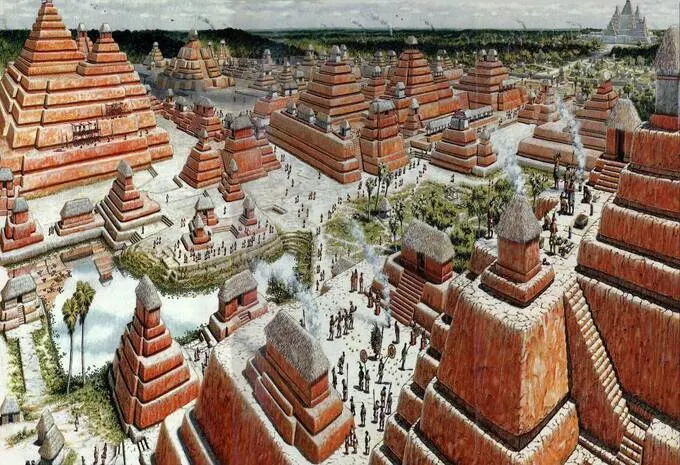
Antigua Guatemala is a small town located in the Western Highlands of the country and is widely considered to be one of the most beautiful and historic cities in all of Latin America. This charming town is a UNESCO World Heritage Site, recognized for its well-preserved Spanish colonial architecture, stunning churches, and vibrant local markets.
Antigua was founded in the early 16th century and served as the capital of Guatemala until the late 18th century. During this time, the city was a center of Spanish colonial power in the region and was home to many important buildings, including government buildings, residences, and churches.
Today, Antigua is a popular tourist destination and attracts visitors from all over the world. The city’s well-preserved colonial architecture provides a unique glimpse into the country’s history and is a testament to the skill of the Spanish colonial architects and builders. Visitors to Antigua will find themselves surrounded by stunning colonial-era buildings, including intricately carved stone facades, ornate iron balconies, and beautiful courtyards.
6. Home to Active Volcanoes
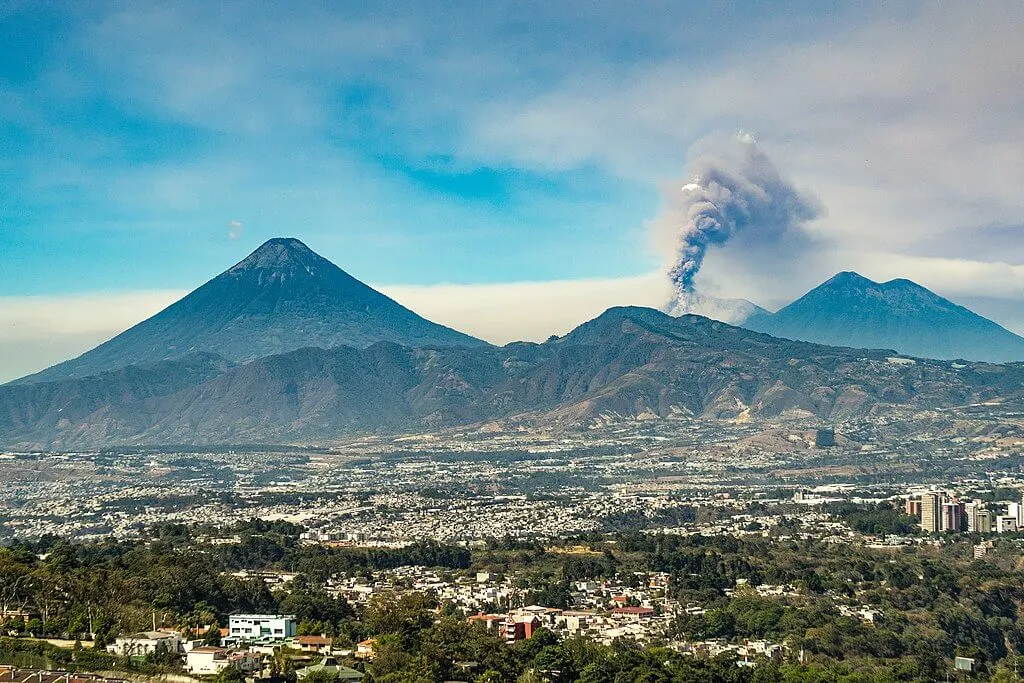
Guatemala is a country with a rich and diverse natural landscape, including several active volcanoes. These volcanoes are a result of the country’s location along the Pacific Ring of Fire. The Pacific Ring of Fire is a region with a high concentration of volcanic and seismic activity.
The Pacaya Volcano is one of the most popular and accessible of these volcanoes for tourists. The volcano is located just a short drive from Guatemala City and offers a unique opportunity for a volcano hike. Visitors can hike to the top of the volcano to get an up-close look at the active lava flows, steam vents, and fumaroles.
In addition to its active volcanoes, Guatemala is also home to several hot springs, which offer a relaxing and rejuvenating experience for visitors. The hot springs are a result of the country’s volcanic activity and are fed by natural hot water sources. They are a popular destination for tourists who are looking to unwind and soak in warm, mineral-rich waters.
7. A Major Producer of Chocolate
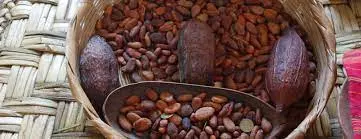
Chocolate has a long and rich history in Guatemala, and the country is now a major producer of this beloved treat. The country has a warm and humid climate that is ideal for growing cocoa beans. Many farmers have been growing and producing chocolate for generations.
One of the best things about visiting Guatemala is the opportunity to sample the local chocolate. From chocolate bars to hot cocoa, there is no shortage of delicious options to choose from. Whether you are a fan of dark chocolate, milk chocolate, or something in between, you will be able to find high-quality chocolate products in the local markets.
The local markets in Guatemala are a great place to sample some of the country’s chocolate. You will find a variety of chocolate products, from traditional bars to unique sweets that are made with local ingredients.
8. A Land of Trees
Guatemala’s diverse range of flora and fauna makes it an ideal destination for nature lovers. The country’s forests are home to a variety of wildlife and provide a habitat for many endangered species. With its lush vegetation and diverse landscapes, Guatemala is a great place for hiking, bird-watching, and other outdoor activities.
The cloud forests, in particular, are a unique and stunning part of the country that visitors shouldn’t miss. Characterize these areas by their high altitude, dense vegetation, and the presence of clouds that often obscure the tops of trees. The cloud forests of Guatemala are home to a wealth of biodiversity and are an important ecosystem for the preservation of many species.
9. The Holy Week Celebrations
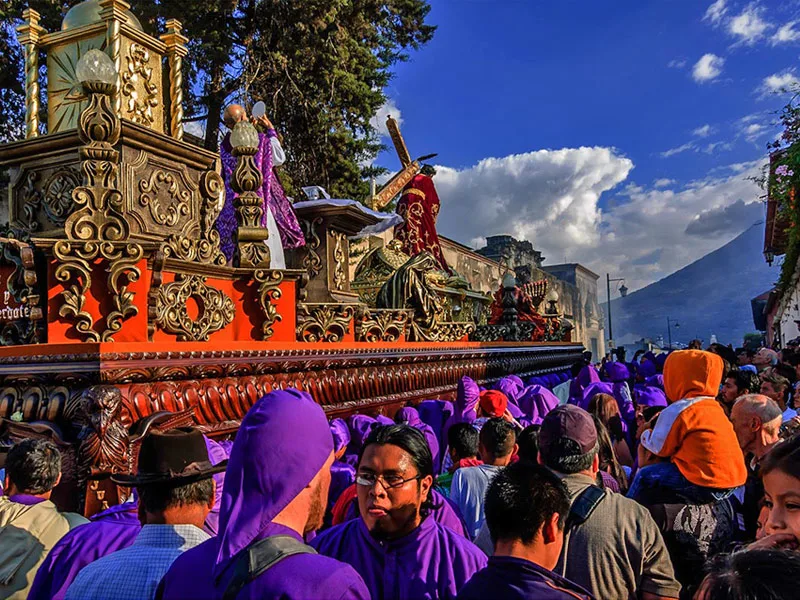
The Holy Week celebrations in Guatemala are truly a sight to behold. During this time, the streets come alive with processions of colorful floats, adorned with flowers and intricate details, as well as people dressed in traditional costumes. The parades, also known as “Alabados,” feature live music and dance, with many participants carrying religious icons and statues of the saints.
One of the highlights of the Holy Week celebrations is the Good Friday procession, where participants carry life-sized replicas of the Cross of Jesus and the Virgin Mary through the streets. This procession is a display of deep devotion and faith and draws large crowds of locals and tourists alike.
Holy Week celebrations also include other cultural events, such as traditional music concerts, theater performances, and religious services. These events showcase the rich cultural heritage of Guatemala. Providing a unique opportunity for visitors to experience the local traditions and customs first-hand.
10. A Mountainous Country with a High Point
Guatemala is a mountainous country, with its highest peak reaching over 4,000 meters above sea level. The Guatemalan Highlands offers stunning views of the country and are a popular destination for tourists.
Additionally, the highlands are known for their rich culture. With traditional indigenous communities still residing in the area and practicing age-old customs and traditions. This area of the country is also home to many coffee and tea plantations. Exporting high-quality products all over the world.
The Guatemalan Highlands provide a remarkable and unforgettable experience for visitors, boasting magnificent natural beauty, a wealth of history and culture, and friendly local residents.
11. A Nobel Peace Prize Winner
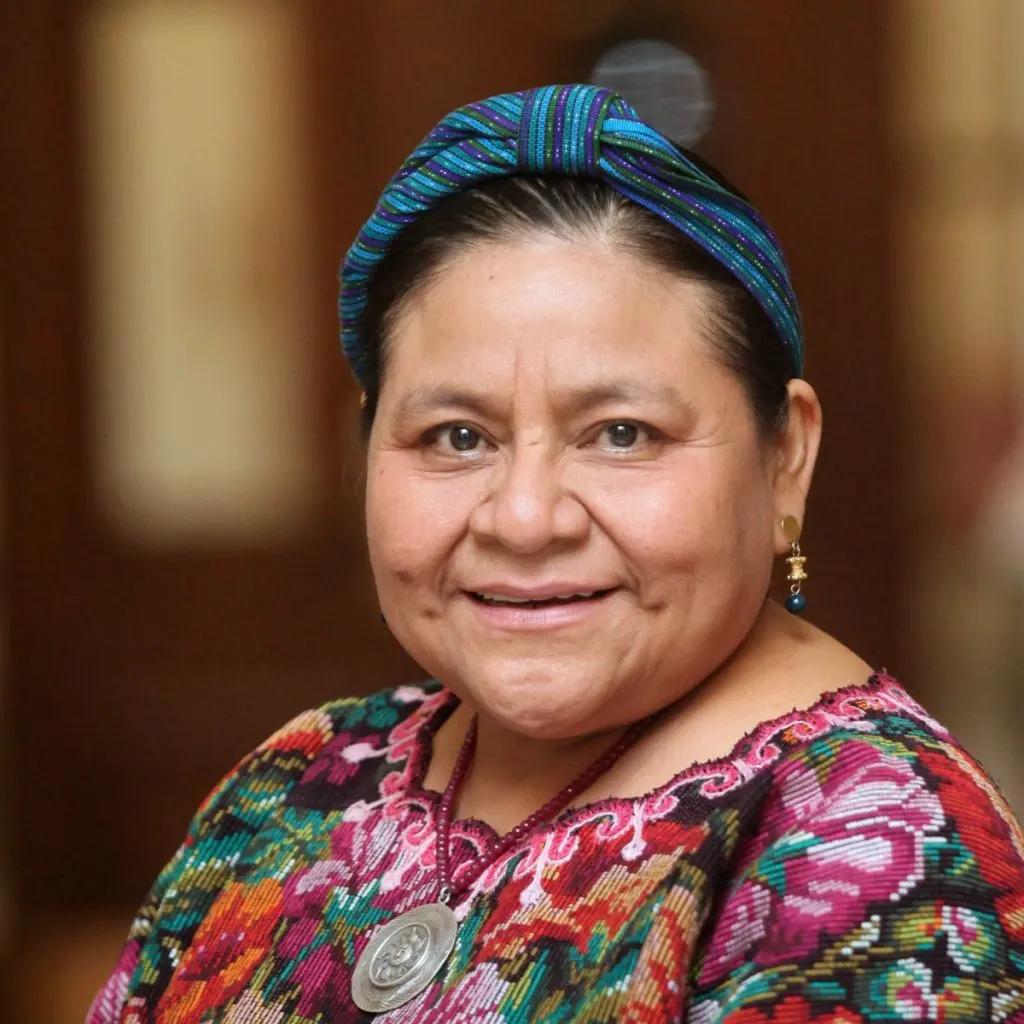
Rigoberta Menchú, who is from the indigenous K’iche’ Maya community in Guatemala, has dedicated her life to promoting the rights and well-being of indigenous peoples. Through her activism and advocacy, she has helped raise awareness of the challenges faced by indigenous communities and has worked tirelessly to bring about positive change.
She received the Nobel Peace Prize in 1992 for her efforts. Making her the first indigenous person from the Americas to receive the award. She continues to be an important figure in Guatemala and a symbol of hope for many.
12. A Perfect Place for Spanish Study
Guatemala is a prime destination for Spanish study due to its diverse cultural heritage. And its use of clear, neutral Spanish.
With a mix of indigenous and Spanish influences, students have the opportunity to not only learn the language but also gain a deeper understanding of the country’s rich history and unique traditions.
Whether you are a beginner or an advanced learner, studying Spanish in Guatemala is an excellent way to expand your language skills and gain a deeper appreciation for this fascinating country.
We hope this article has given you a good overview of what to expect when visiting Guatemala and has inspired you to plan your own trip. Whether you’re looking to learn Spanish, hike a volcano, or simply relax by a beautiful lake, there is something for everyone in this beautiful country.
So, pack your bags and get ready for an adventure in Guatemala!

